Disclosure: Certified Angus Beef® brand sponsored this post. Opinions are my own.
As a barbecue competitor, I have smoked quite a few briskets in my life. I’ve been given some tough critiques and some glowing reviews.
In order to get a championship call, you’ve got to turn out a brisket with fantastic taste and tenderness. I’ve found that these four stages help yield the best results.
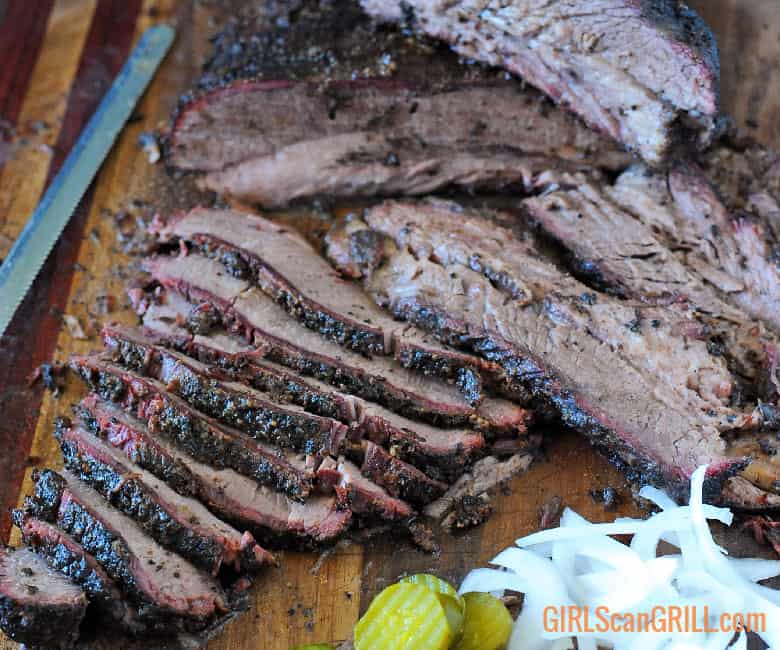
Save this BBQ Tip
Enter your email, and I’ll send this link directly to your inbox. Plus, you’ll get new BBQ recipes and tips weekly.
How to smoke brisket step 1: Beef Selection
If you want delicious, tender smoked brisket, I highly recommend starting with a quality, marbled Certified Angus Beef® brand packer brisket. A packer brisket is one of the largest pieces of meat you’ll find at the grocery. It consists of the two main muscles that make up a brisket – the flat and the point. The flat is the muscle commonly used for brisket slices, and the point is the fattier muscle used for burnt ends.
The brisket comes from the pectoral (chest muscle) of the cow. It rests above the front legs. The connective tissue in the muscle makes it a pretty tough cut. If you mix more marbling with that tissue, you’ll have a tastier end result.
When you find the brisket at the grocery, it should be marked with one of three USDA grades: Select, Choice or Prime. Select is the lowest grade, meaning it will have the least amount of marbling. Comparatively, Prime is the highest grade, meaning it will have more marbling and flavor.
Certified Angus Beef® brand grades out in the upper Choice zone. Plus, the brand requires their beef to meet stringent quality standards that guarantees great taste and tenderness. For competitions, I spend a little more and purchase their Certified Angus Beef® brand prime. It represents the top 1.5% of all beef.
To find a Certified Angus Beef® brand retailer near you, visit their buyer’s guide.
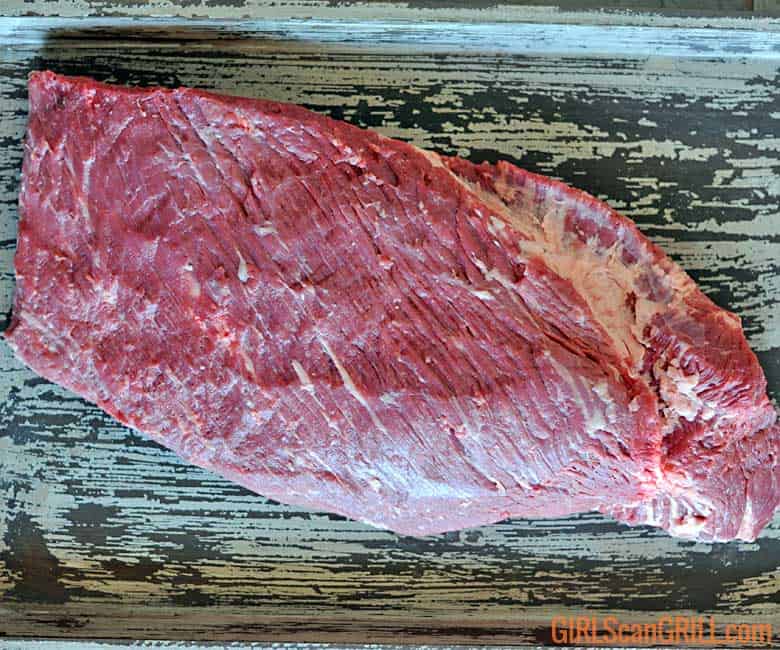
How to smoke brisket step 1: Pre-season
While the first stage of flavor happens on the ranch with proper care and feeding, step two happens in your kitchen.
Once you’ve selected your perfect brisket, trim down the fat. Remove the hard chunks of fat near the point, and trim the fat on the bottom, so that it’s no more than 1/4-inch thick. This will ensure that the rub will cook into the meat.
Apply your rub the night before. What you’re doing is essentially dry brining it, like you would a turkey. The salts in the rub will draw moisture from the meat and aid in its tenderness.
There are a ton of BBQ rub options on the market, and it’s fun to experiment with the varieties. I recommend starting with a base of kosher salt and coarse-ground black pepper.
Once the brisket is coated, place it on a pan or in a large bag and refrigerate it overnight.
How to smoke brisket step 3: Create Bark
Eventually, all of that rub you applied is going to create a beautiful bark during the smoking process. This is also the stage when the smoke ring forms.
Smoking temps usually range from 225F-275F degrees. Unless, you want to cook brisket hot and fast.
Because I live in Las Vegas where we have basically zero humidity, I add a water pan to my smoker.
Smoking brisket is all about controlling the flavor and the tenderness. We’re already controlling those by starting with quality beef and dry-brining it. Adding humidity is one more step to control that tenderness.
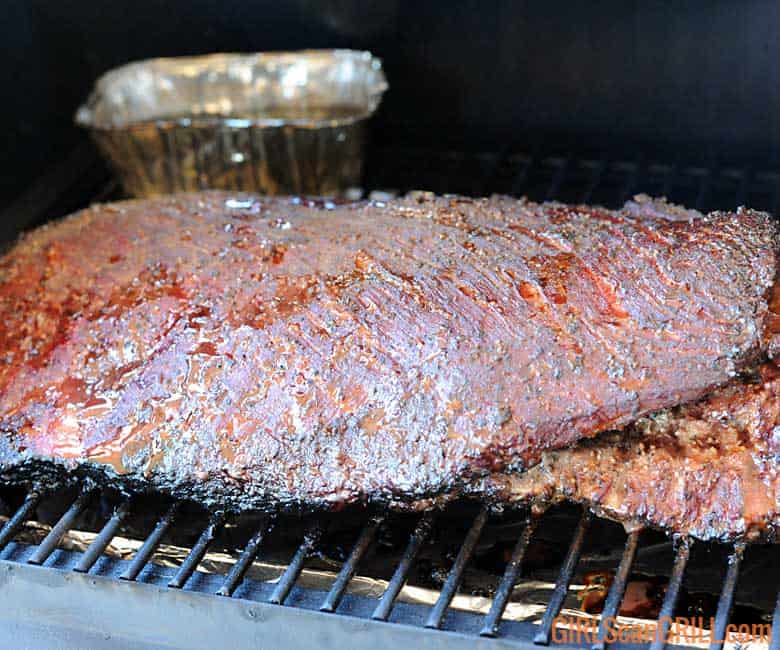
After 4-8 hours on the smoker, depending on the size of your brisket and your smoker temp, you will develop a gorgeous mahogany bark. This crunchy, salty exterior is the contrast to the tender meat that makes barbecue brisket so coveted.
When you see this color, your brisket will have an internal temperature between 160-170F degrees.
At this point, I recommend using the Texas crutch, which means wrapping the brisket, until it’s done.
You can wrap in a couple of sheets of foil or peach paper. I prefer using foil because I’m in a really dry climate. I find it locks in more moisture.
If I don’t control the moisture throughout the cook, my brisket ends up dry. Others swear by peach paper, saying it preserves the bark better.
Try them both and see which works best for you. Either way, add a bit of beef broth to the wrap to keep the juices flowing.

How to smoke brisket step 4: Wait for the Magic Moment
I’m sorry to say that you can complete the first three stages and still end up with crappy brisket. I’ve been there and done it.
There is nothing more frustrating than spending all of that time and energy on a brisket and then slicing into a dry piece of meat, which is why this final stage is so important.
I’ve found there really isn’t a set temperature or time clock that will tell you when brisket is done. Sometimes it’s done when the internal temperature reaches 190F. Sometimes it needs to cook to 210F. It all depends on your climate, altitude and the meat you started with.
So how do you know when brisket is done? It’s all about the feel.
When you insert the temperature probe into the meat, ignore the reading and just look at how easily it glides in. So long as it slides into the meat like soft butter, you’ve just smoked a masterpiece. If the probe has some resistance, it needs more time.
Once you’ve created buttery beef goodness, wrap the entire brisket in a towel and transfer it to a cooler (without ice). Finally, let it rest for at least an hour – three if you have time. Just like a good steak, the resting phase will help guarantee juiciness.

Now that you know the 4 stages to smoking brisket, give it a shot, and let me know how it turns out. As always, drop me a comment below or shoot me an email, if you have questions.

For even more tips, check out my brisket guide infographic and full smoked brisket recipe.

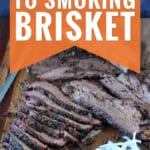
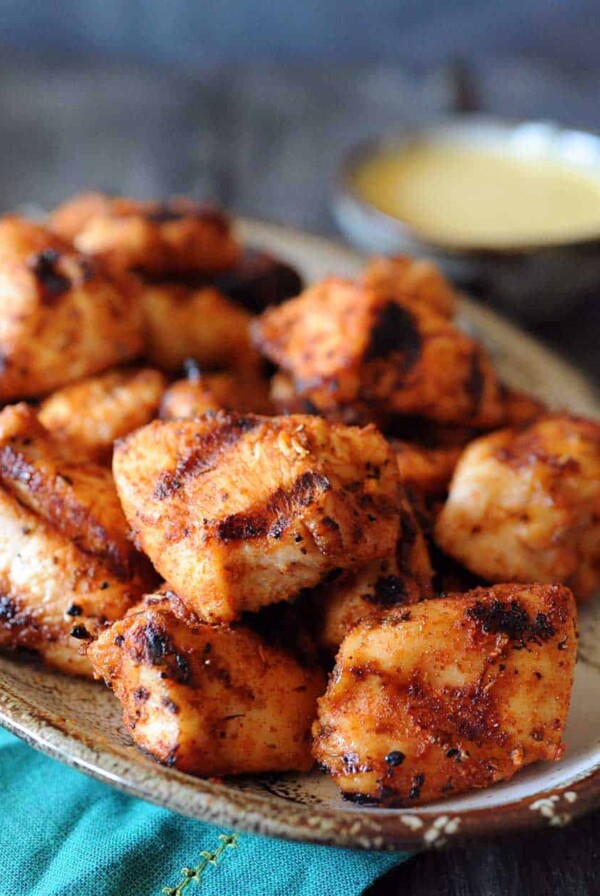
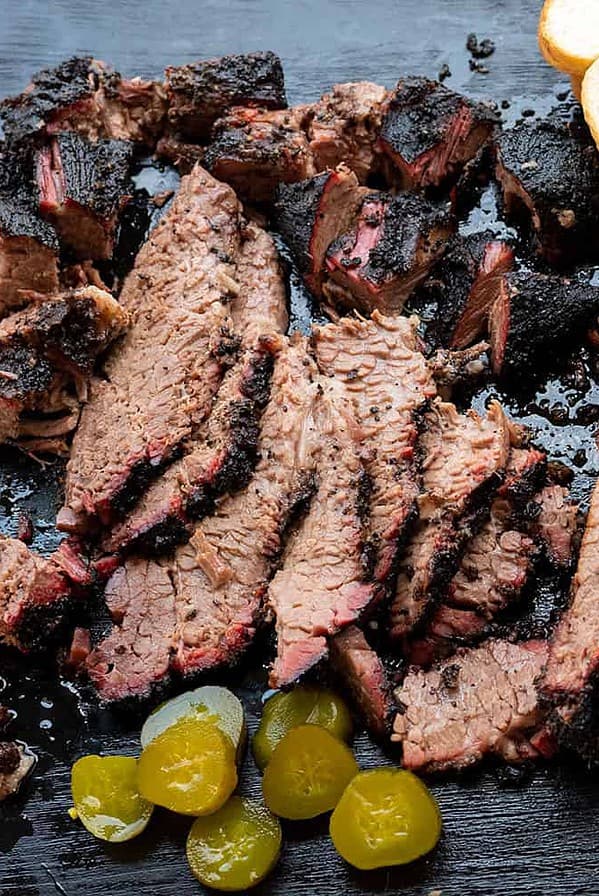
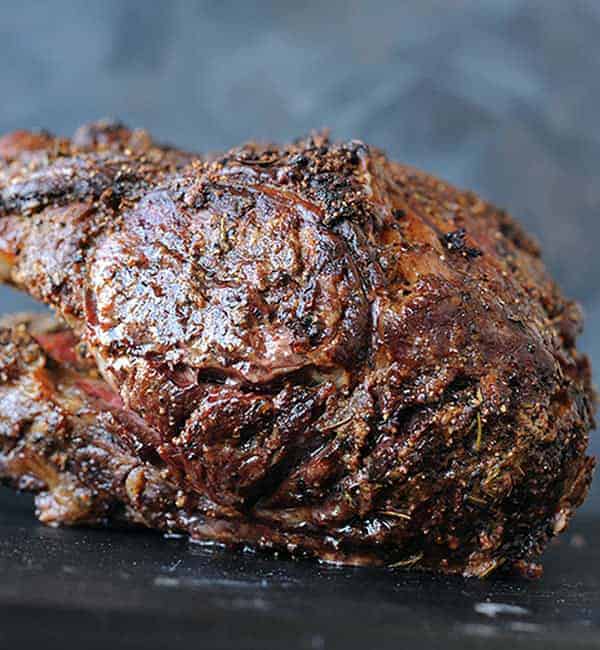
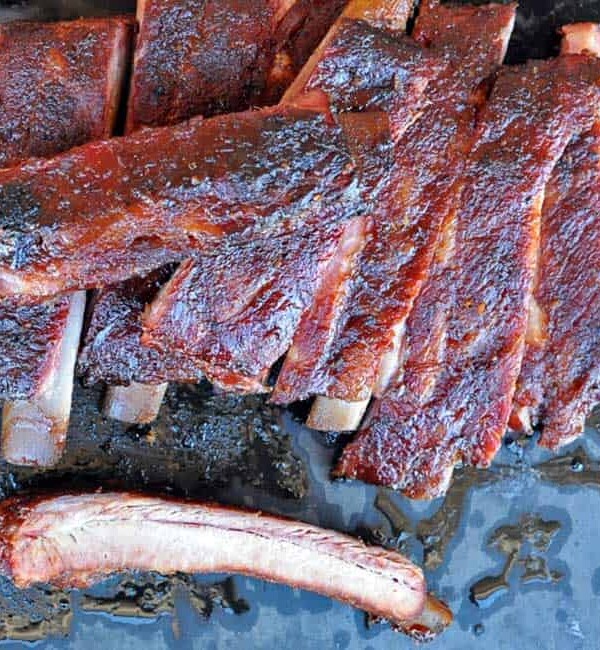









Not much mention of sops in your how-to or some others I have read. I have always sopped my meat in the past about every hour. Do you recommend against the practice?
I don’t usually sop brisket. Occasionally, I will spritz it, using a water bottle. But if you prefer to sop, that’s totally fine.
I have a smoke hollow smoker, please don’t post comments on it, I’m well aware its electric. I usually smoke a 5 to 7 pound briskets today is a 5 pounder. Does all the above in the above article apply to these types of smokers also along with is 1 hour per pound correct and if so when should I wrap it. Thanks.
I cooked my first brisket and followed your instructions pretty close. I did take some of the fat that I trines off and put it on the meat side for the first hour or so. Then it took it off and finished cooking it.
I got a new Camp Chef Smoke Prob DLX. Used mesquite pellets. Set it for 225 deg smoke level at 8 after 15 1/2 hours it was 205 deg and the prob did exactly like you said. Pushing it in diff butter.
I didn’t wrap if until then, we spec in two layers of gin foil then a towel. Put it in a cooler for 2 hours then sliced it up and called some Friends to come and get dome (darn Covid).
About 1/2 hour later the phone started to ring, they all said it was the best brisket they ever had and a couple said they didn’t know brisket could taste do good and be moist and tender.
Thank you. You know your brisket. If did everything you said it would.
It is an ALL day project
Ron Thompson
Magna Utah
Thanks fo you advice and even though my husband bought our Traeger grill and was supposed to be the GRILLMASTER, it has fallen to me do the grilling on the smoker. I have done a prime rib, spatchcock turkey for Christmas and love cooking chicken thighs on the smoker as I put it on and basically forget about it for 45 minutes.. There is no fare ups and the thighs get crispy skin and are real juicy. Doing a 5lb brisket today and your advice about the fat side down makes sense. I have more heat from bottom and especially the right side of the grill so the thicker part of the brisket is nearest to there and hopefully this make a more even cook on it. Also put a can of beer in a pan on the grill so will see if this helps with moisture and flavour at all. I am using 185 temp setting which seems to keep it at 225 or so and waiting until internal temp gets about 165 then I am going to wrap in foil and keep g going until 200 or so. But your tip on feel versus temp is a good one so I will keep it in mind. Keep grilling and girls rule!
thank you for all your great info. I am about to take the leap to a pellet grill. My research takes me to Okla Joes and Traeger. The Okla Joes has a lot of features I really like, searing for one plus clean up and hopper dump. Traeger has the big rep but not great features until you move up to iron wood and I just dont want to spend that much money.
Would you recommend the Okla Joes. I am a long time grill guys with Weber charcoal but it is really time consuming to bbq/smoke.
$500 to $700 is my price range. Thank you
Have you done a brisket on your oklahoma joe DLX pellet grill and if so did you place it on the bottom rack? did you go fat cap up or down?
I recommend cooking it on the middle rack. I find the bottom rack runs a little hotter. I go fat down.
When you say wrap it with a towel, I’m assuming you mean wrap the wrapped (while it’s still wrapped in foil) brisket with a towel?
That’s correct. Keep the foil on the brisket and then wrap it.
Thank you for the tip on smoking fat side down on pellet smoker. I am using Green Mountain Grill which has heat source directly below the grill. Will try flipping it next time
Thank you for this recipe and comments. Super helpful. Two questions for you: 1. Do you always use wood chunks when you smoke? Size and pre- soaking time? 2. When you let the meat rest for so long, how do you hear it up to serve later?
Yes. I usually use Western Wood Chunks. I don’t soak them. For reheating, I find the best method is in a 350-degree oven in a covered pan with some of the jus.
Hi. Just wondering how often do you add wood chips?
I usually use 3 or 4 wood chunks (not chips), and I add them when I add the brisket.
Hi. I’m so confused. Is brisket supposed to be cooked Well done? When I look at a meat thermometer it says that 165 is medium for beef. My smoker says to cook to 204 degrees. When I cook to 204 the meat seems dry and well done. Is there supposed to be any pink? I was thinking I would remove at 170 or 180. Will this help?
If it helps, I am typically cooking a 7 pound brisket. Please help.
Brisket is a tough piece of meat, so it shouldn’t be treated like a steak. If you don’t cook it long enough, it will be very, very chewy. But once you hit that sweet spot – usually between 200-210 (depending on the quality of the beef and your altitude) – it will melt in your mouth. The only pink you may see is a smoke ring along the outside when you cut into it. If you try my steps, your brisket should end up moist and delicious.
Thank you!
I followed this information and combined it with the competition BBQ Brisket information on your other page and for my first try at brisket I had numerous people tell me it was the best they have ever had! I got my meat at Costco, 11 pounds of USDA Prime brisket. I did spray it with apple cider vinegar every few hours and wrapped it at the “stall”, pulled it at about 204 degrees and placed it in a cooler wrapped for 1 hour then cut the point off and re-wrapped the flat back into the cooler for an hour. I chopped the point and placed them in a aluminium pan with BBQ sauce back onto the smoker for the 2nd hour and everything turned out perfect! Thank you so much for this article and website!
I’m so thrilled that your cook was so successful. Congratulations on being a brisket champion.
Your infographic for brisket says to cook it fat side up. In your comments above, you mention fat side down? Which way do you prefer?
Thanks for catching that. It depends on your grill. I like to place the fat toward the heat source. If you’re using a pellet, ceramic cooker or drum, place the fat down. If you’re using an offset, place the fat up.
From the pics it looks like you cook it fat side down. Can you explain your reasoning for that? Also, rubbing it with salts the night before to draw out moisture that’s so hard to keep in a brisket. Can you explain that a little more for me? Thank you so much in advance!
Great questions. I cook it fat-side down for a couple of reasons. I find the fat is a protective barrier from the heat. If I put the fat up, the meat is closer to the heat, which can cause it to dry out some. Also, I cook brisket for competitions and it’s important that the top of the brisket looks great for presentation. If I cook that side down, I can’t control the appearance as much.
As for the salt. Salting a steak before you grill it can cause moisture to escape. When you do that, it’s not so much that you lose moisture in the meat, it’s that you create liquid on the surface that can effect your sear. When the liquid hits the grill it steams, and can impact those sexy grill marks. In this case, the salt acts as a dry brine. While the moisture is pulled from the meat, at first. Overnight, it actually redistributes and seasons the meat, helping it become more juicy and flavorful.
I live at an altitude of 7500ft. At this altitude there is a second stall at 198 (the boiling point of water at this altitude) and regardless of pit temp the brisket just sits there a 180 and drys out. It seems difficult to get internal temps above 198 without drying out the meat completely. Any advice for high altitude smoking?
How does your meat feel at that temp? I recommend cooking to feel instead. Insert your probe into the meat, if it glides in like butter, it’s done. Don’t worry about the temp.
So where in Vegas do you get the certified angus beef. I used the link and it didn’t show any stores here in Vegas
I pick up my Certified Angus Beef at Newport Meats. They mostly do wholesale, but they do some retail, too. John Mull’s Meats carries Certified Angus Beef, too. Other than that, you’d have to go to Overton or Pahrump or order online.